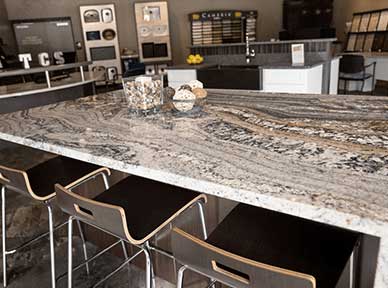There are several steps to screening a silk screen. I will walk you step by step so that you can easily create a ready-made image of a wonderful professional t-shirt. This is Part 2, and we will focus on that in this article
An image or template is being printed on a screen printing frame.
Saving a screen means transferring an image (work of art) to the screen by placing it under an ultraviolet light source. To save the image to the screen, place the covered screen (in a dark room) on a table covered with a black cloth or cardboard. It also reduces the reflection of light reflected from images or artwork from UV light sources. If there is no separate room for a dark room, use shutters and curtains to close the room with as much light as possible, and if it is still exposed to sunlight, try to cover it with black paper. Low-power red light allows you to work in a dark room without exposing the emulsion-coated screen before you are ready to shoot.
Then place the image or picture on the screen by placing
a thick piece of transparent glass on the transparent poster or parchment paper so that it presses firmly against the screen material. The flatter the positive fabric of the blank, the sharper the image, and it is recommended that the glass be slightly smaller than your frame to press against the blank screen. Do not allow the edges of the glass to overlap any part of the image, as the edges may block the light and streaks may appear in the emulsion, damaging the result with random lines. Make sure the glass is clean, squeaky, free of dust, and so on. Between the clear glass and the positive or parchment. Anything that prevents light from entering the emulsion is shown in the finished image.
The sieve emulsion hardens and hardens in the light,
And when the bright plus or parchment obscures the light, the emulsion underneath is washed out and the image is left on the screen. The washed holes on the screen remain open, so the 셔츠룸 can wash off the ink and create an image.
Therefore, the arrangement of the layers: table, black cloth or cardboard, screen printing, blank positive or parchment paper, glass, and then an exposure lamp. The lights should be one and a half meters from the screen, but not too close to the screen.
Section 3 provides step-by-step instructions for taking pictures with the appropriate exposure.




